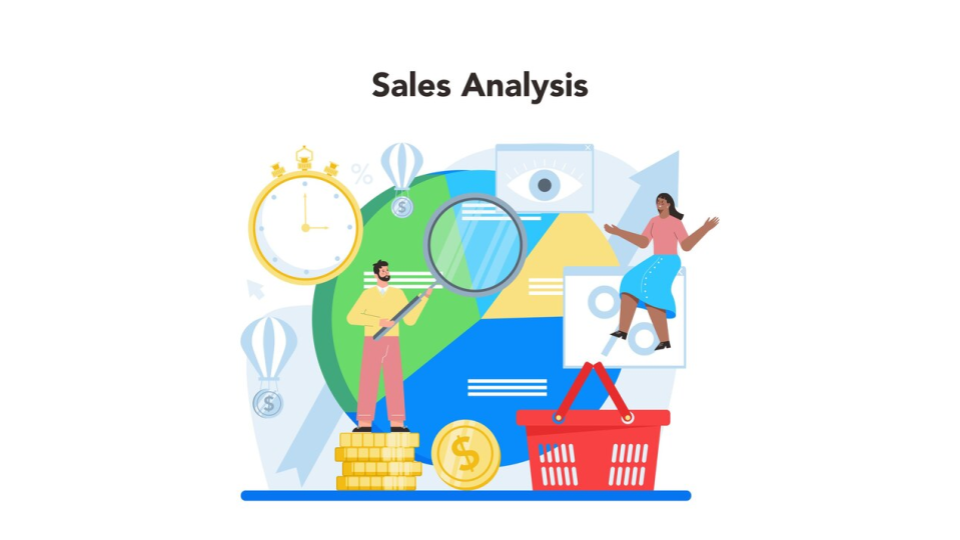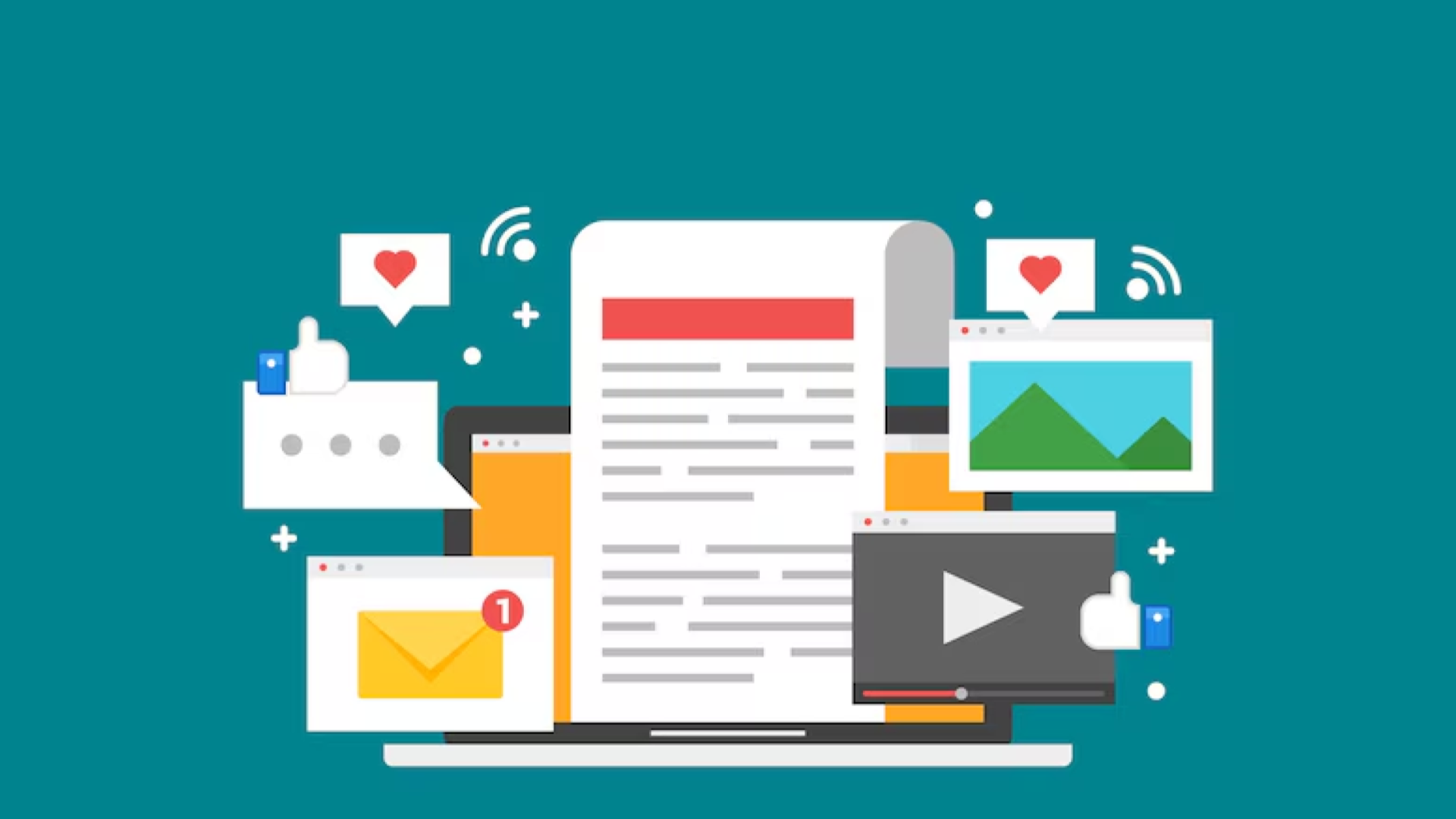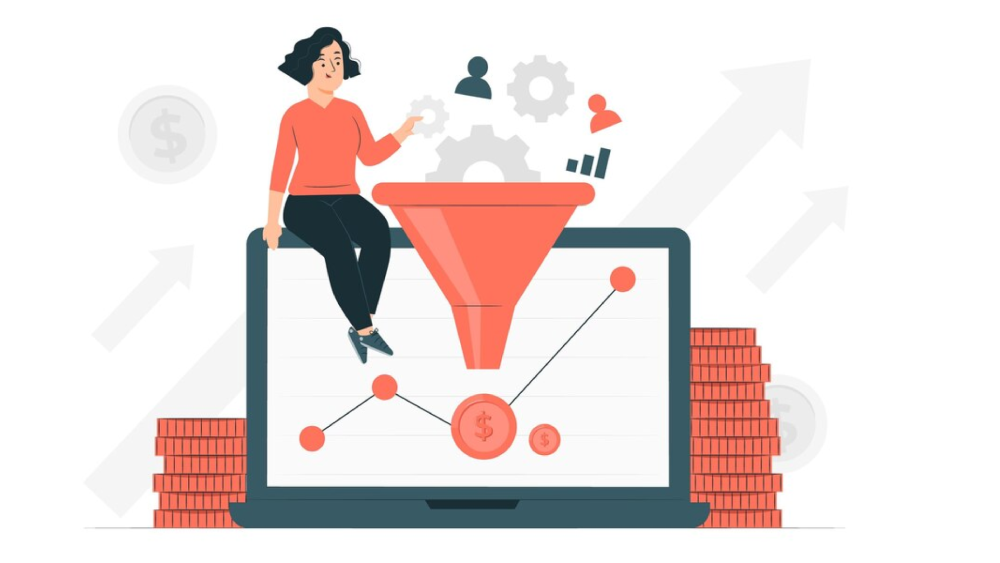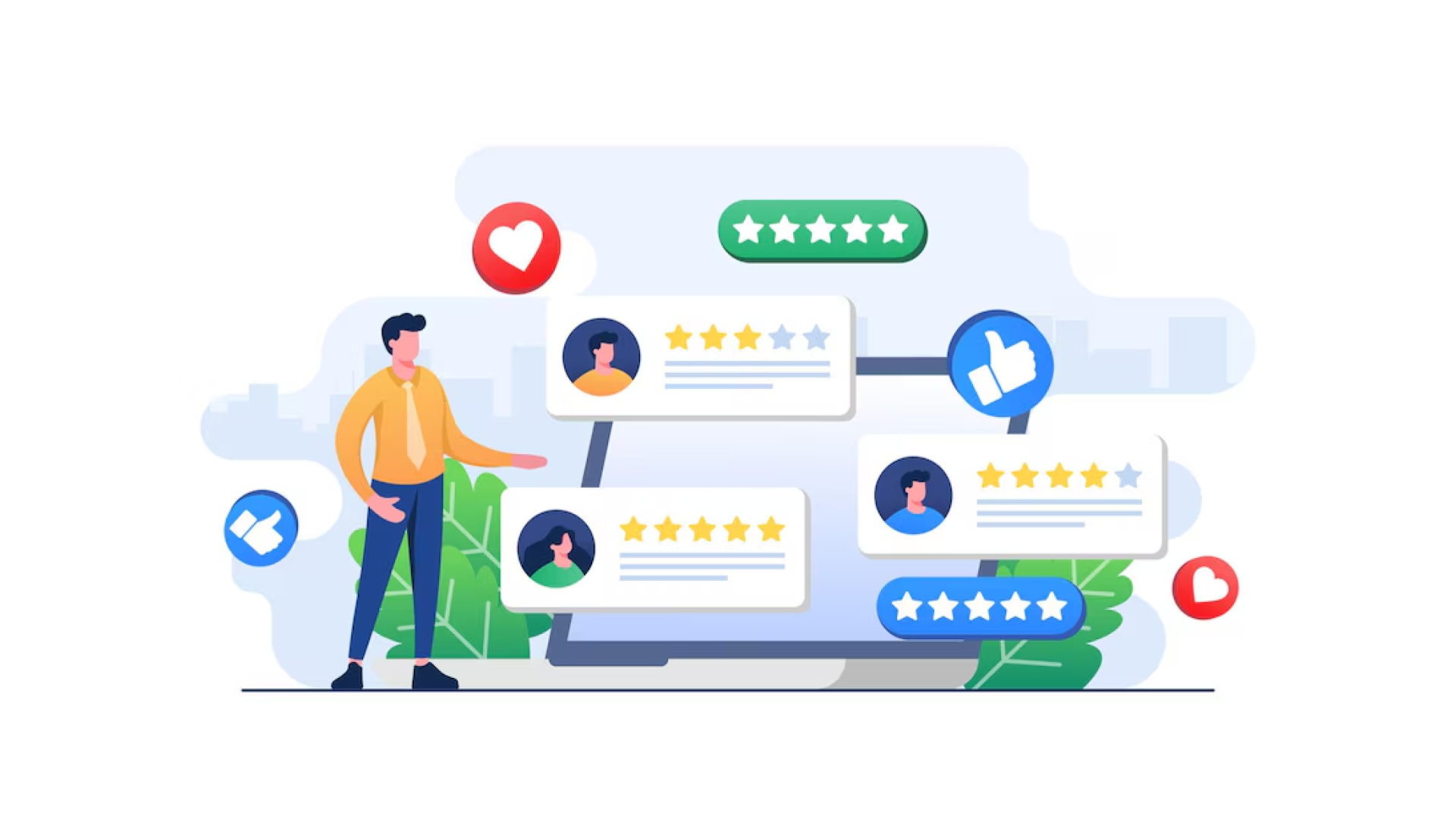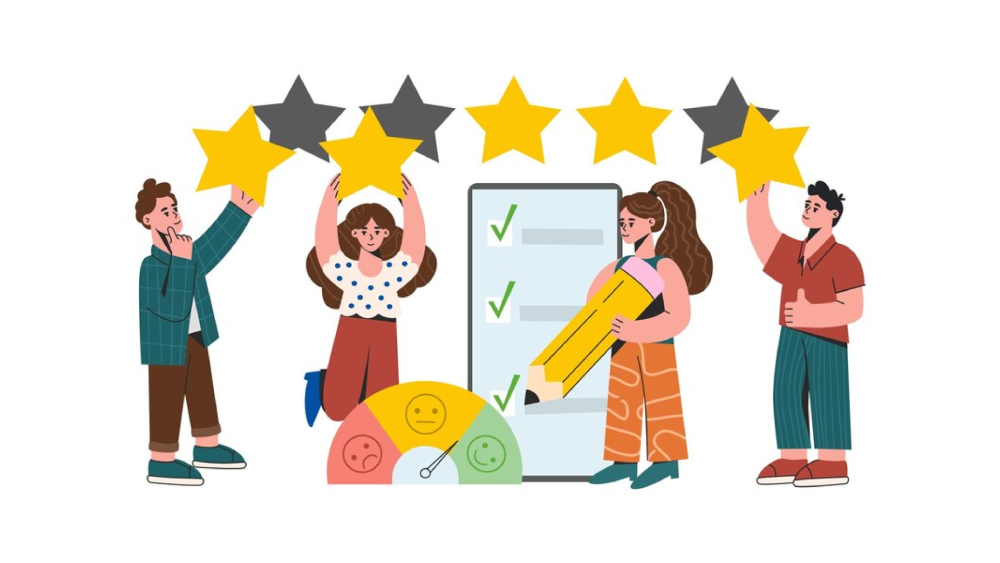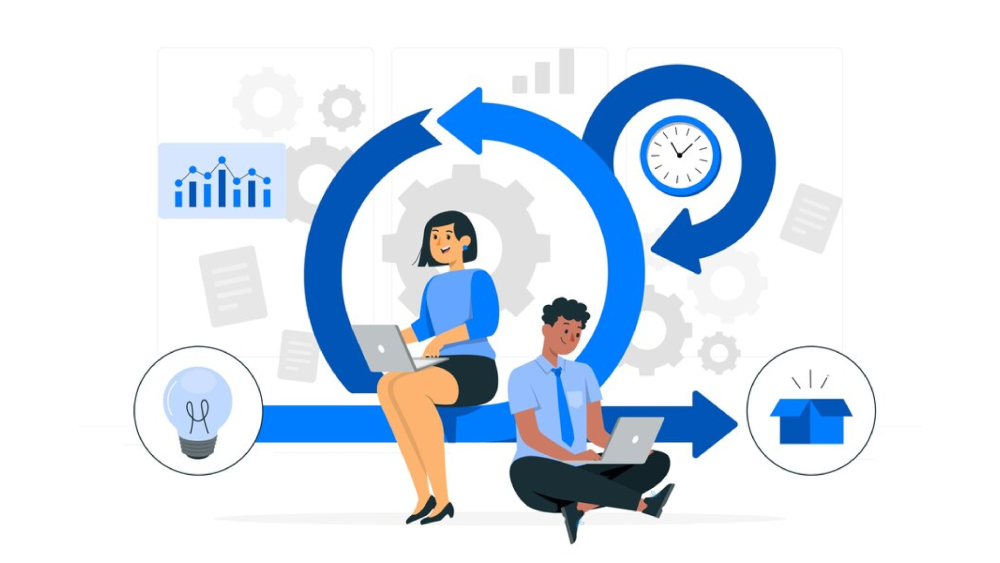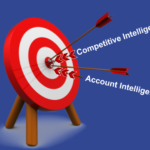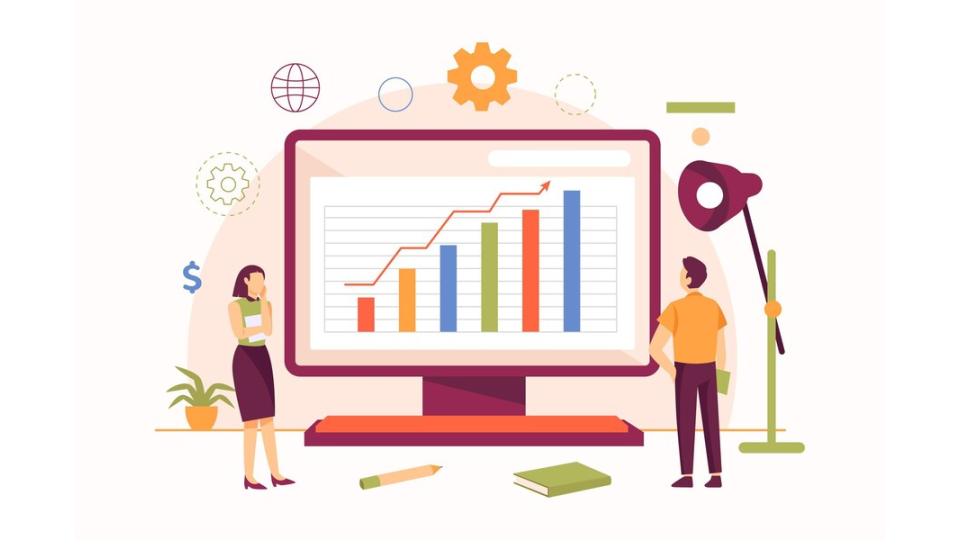
10 Game-Changing Strategies to Measure & Supercharge Your Sales Enablement Program
- Milind Soni
- August 21, 2024
- Agency, Blog
- #competewiser, #sales, #salesenablement
- 0 Comments
Creating an exceptional product is only the start. The real challenge is equipping your sales team with the tools, knowledge, and insights to deliver that product with precision and impact. That’s where a dynamic sales enablement program steps in. But how can you ensure your program isn’t just operational but thriving? Dive into these 10 proven strategies to measure and elevate your sales enablement efforts, driving tangible results and fueling your business’s growth.
1. Crush Your Sales Goals with Performance Metrics
Monitor Key Sales Metrics
To accurately gauge the success of your sales enablement program, tracking essential metrics is crucial. Here’s why:
Deal Closure Rates
Measure the percentage of deals successfully closed versus those attempted. A higher closure rate signals that your enablement tools and strategies are effective. Competitive intelligence helps by providing insights into competitors’ deal strategies, allowing you to refine your approach.
Average Deal Size
Assess the average revenue per closed deal. An increase suggests your enablement strategies are helping reps secure higher-value deals. Competitive data can reveal how your pricing and positioning compare to competitors, helping you make informed adjustments.
Sales Cycle Length
Evaluate the time taken from initial contact to final sale. A shorter sales cycle indicates that your enablement program is streamlining the sales process. Competitive intelligence helps identify market trends and customer preferences, speeding up decision-making.
Analyze Historical Data
Comparing current performance metrics with historical data allows you to spot trends and improvements. This comparison, enhanced by competitive insights, reveals whether your enablement strategies are driving better results over time and how you stack up against competitors.
2. Supercharge Productivity with Insightful Analytics
Track Sales Activities
Measure key activities that drive sales performance, informed by competitive intelligence:
Calls Made
Monitor the number of outbound calls. More calls often correlate with higher engagement and potential sales. Competitor analysis can provide insights into best practices for call strategies.
Emails Sent
Track the volume of emails sent. Higher email counts can lead to increased opportunities. Competitive intelligence can help refine your email content to stand out in a crowded inbox.
Meetings Held
Assess the frequency and quality of meetings with prospects. Regular meetings are crucial for relationship-building. Competitive data helps you understand what approaches are resonating in the market.
Assess Activity Impact
Analyzing how these activities translate into sales success ensures your efforts are effective. Competitive intelligence enhances this by revealing which activities your competitors are excelling in, guiding you to adapt and improve.
3. Transform Your Content into a Sales Powerhouse
Analyze Content Engagement
Evaluate how often and effectively your sales content is used:
Content Views
Track content access to determine its relevance. Competitive analysis can guide you in creating content that addresses gaps in the market.
Usage Frequency
Monitor how frequently content is utilized in sales pitches. Frequent use indicates value. Insights from competitive intelligence can help tailor content to address competitor weaknesses.
Evaluate Content Effectiveness
Measure the impact of content on sales outcomes to ensure it supports your reps effectively:
Deal Influence
Determine how often content contributes to closing deals. Competitive intelligence helps create content that highlights your unique strengths compared to competitors.
Sales Feedback
Gather input from your sales team on which content pieces are most useful. This feedback, combined with competitive insights, helps continuously refine your content strategy.
Refine Your Content Library
Continuously update and enhance your content based on data and feedback. Competitive intelligence ensures your content remains relevant and competitive, addressing current market needs and trends.
4. Elevate Training & Onboarding to New Heights
Measure Training Efficiency
Track the speed and effectiveness of training programs:
Time to Competency
Measure how quickly new hires achieve full productivity. Competitive intelligence can inform training programs by including strategies and techniques used by industry leaders.
Knowledge Retention
Assess how well new hires retain training information. Incorporate competitive insights to ensure training covers all critical aspects necessary for outperforming competitors.
Update Training Materials
Regularly refresh training resources to incorporate the latest sales techniques and product updates. Competitive intelligence provides updates on industry trends, ensuring your training materials are up-to-date and relevant.
5. Turn Leads into Gold with Conversion Rate Insights
Monitor Conversion Rates
Track lead conversion rates to measure effectiveness:
Initial Lead Qualification
Evaluate how effectively leads are qualified. Competitive data can help refine your qualification criteria by revealing how competitors are handling leads.
Deal Closure Rates
Measure the percentage of leads that convert into closed deals. Use competitive intelligence to understand how competitors are closing deals and adapt your strategies accordingly.
Analyze Conversion Data
Examine conversion trends to understand how well your enablement strategies support lead progression. Competitive insights provide a benchmark for assessing your performance relative to competitors.
6. Harness Sales Rep Feedback for Continuous Improvement
Collect Regular Feedback
Gather insights from your sales reps to improve enablement tools:
Surveys
Distribute surveys to collect data on resource effectiveness. Competitive intelligence can help tailor these surveys to address specific challenges faced by your team compared to others in the industry.
One-on-One Interviews
Conduct interviews for detailed feedback on challenges and successes. Use competitive insights to address specific pain points and improve support strategies.
Identify Pain Points
Analyze feedback to identify areas for improvement. Competitive intelligence helps pinpoint where your enablement efforts may be falling short compared to industry best practices.
7. Win Over Customers with Exceptional Satisfaction
Gather Customer Feedback
Collect feedback on customer satisfaction to ensure a positive sales experience:
Post-Sale Surveys
Use surveys to gather insights into the customer experience. Competitive analysis can help you understand customer expectations and how you measure up against competitors.
Interviews
Conduct interviews for a deeper understanding of customer perceptions. Use competitive insights to address any gaps in your customer experience compared to industry standards.
Analyze Satisfaction Data
Review feedback to assess how well your sales team meets customer expectations. High satisfaction levels often indicate effective enablement, and competitive intelligence helps maintain a leading edge.
8. Align Across Teams for Unmatched Success
Ensure Cross-Functional Collaboration
Evaluate how well your sales, marketing, and product teams work together:
Resource Utilization
Assess how sales teams use materials provided by other departments. Competitive intelligence helps align these resources with market needs and competitor strategies.
Goal Alignment
Ensure all teams are aligned with common goals and messaging. Use competitive insights to create cohesive strategies that resonate with the market.
Foster Team Alignment
Facilitate regular communication and coordination between teams. Competitive intelligence helps ensure that all teams are working towards a unified approach, addressing market dynamics effectively.
9. Slash Sales Cycles with Effective Enablement
Track Sales Cycle Length
Monitor the duration of sales cycles to measure impact:
Time to Close
Measure the time from lead acquisition to deal closure. Competitive intelligence can help identify best practices for reducing cycle times by learning from industry leaders.
Cycle Efficiency
Assess how well enablement strategies streamline the sales process. Competitive insights guide you in implementing practices that enhance efficiency and accelerate sales.
Address Bottlenecks
Identify and address any delays in the sales cycle. Use competitive intelligence to find solutions that industry leaders are using to overcome similar challenges.
10. Maximize ROI for Ultimate Value
Calculate Program ROI
Determine the financial impact of your sales enablement program:
Program Costs
Include all expenses related to training, tools, and content. Competitive intelligence helps in assessing whether these costs align with industry standards.
Revenue Gains
Measure the increase in revenue from enhanced sales performance. A positive ROI validates the effectiveness of your program and helps justify continued investment.
Demonstrate Value
Showcase the value and effectiveness of your sales enablement program using ROI calculations. Competitive intelligence supports this by highlighting how your program outperforms others in the industry.
Conclusion
Transforming your sales enablement program into a powerhouse requires a strategic approach supported by competitive intelligence. By leveraging these strategies and using CompeteWiser as a central tool, you can track performance, gather actionable insights, and drive exceptional sales results.
Ready to elevate your sales enablement strategy? Discover how CompeteWiser can provide the competitive intelligence and insights you need to outshine the competition and achieve sales excellence. Visit our website today to unlock your sales team’s full potential!

